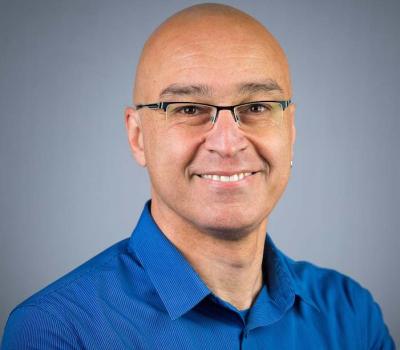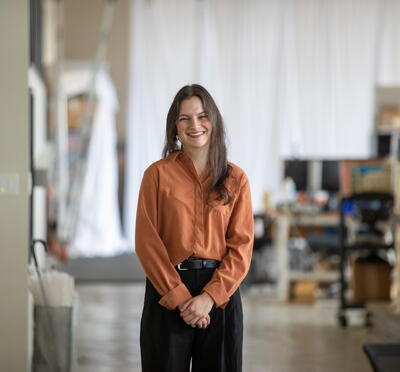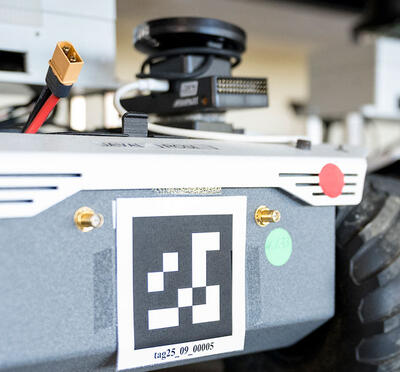Kagan Tumer’s research focuses on coordinating what he refers to as large, messy, complex systems. “Think air traffic, or sending a few dozen robots to Mars,” said Tumer, a professor of robotics in the School of MIME. “How do you coordinate all of that?” One of his current research projects is figuring out how to coordinate the air traffic of unmanned aerial vehicles, or drones. As more and more drones are used for everything from agriculture to package delivery to emergency services, keeping drone air traffic in the airspace just above our heads safe and efficient becomes critical. “What will the rules of the road look like for drones?” Tumer asked. “There’s been a lot of work done on making drones autonomous, but not much work on coordination, the rules of the road, or who ‘owns’ which airspace.” Tumer is also working on how robots can best coordinate when obtaining information from hard-to-access places such as ocean seafloors and far-away planets. He offers an example of 100 robots scouring Mars to gather as much interesting information as possible. “How can each robot most effectively contribute to the overall mission?” he asked. “You don’t want two robots gathering the same information, but instead have them look for things the other robots might not be finding. It’s an interesting problem and very different than just focusing on autonomy.”
Another research interest of Tumer’s is developing ways for robots to have just enough information to function, without having to access and process massive amounts of data. He compares it to humans walking down a hallway. Without thinking, we know how close we are to the wall, but we don’t need to calculate the exact distance to several decimal points and factor in our precise walking speed and other factors. “All you need to know is that you’re a safe distance from the wall,” he said. “In robots, this could eliminate a ton of sensing and computation.” In addition to multi-robot coordination, air traffic management and mobile robot navigation, Tumer and the 10 students who work in his Autonomous Agents and Distributed Intelligence (AADI) Lab are also conducting research with applications in distributed sensor coordination, wave energy converter optimization, transportation systems, and intelligent energy management.
Before joining OSU in 2006, Tumer worked for 10 years as a senior research scientist in the Intelligent Systems Division at NASA’s Ames Research Center. At OSU, he directs the Collaborative Robotics and Intelligent Systems (CoRIS) Institute, which houses the Robotics Program, one of the top robotics programs in the U.S. In 2016, Tumer was awarded the College of Engineering’s Research Award, which is given to one faculty member a year, and recognizes sustained research efforts.
In the both the classroom and the lab, Tumer believes in giving his students the opportunity to choose projects and paper topics that interest them. “I’ve found that letting students pick something they want to explore – something they care about – means they are happier and more passionate about the work and the learning,” he said. Students are the reason Tumer left his NASA job for academia. “I worked with student interns during the summer at NASA, and I liked that,” he said. “So I liked the idea of interacting with students all the time, where the line between research and teaching is blurred. I really enjoy it here at the College of Engineering – it’s such a supportive and collaborative environment.”
— Gregg Kleiner




